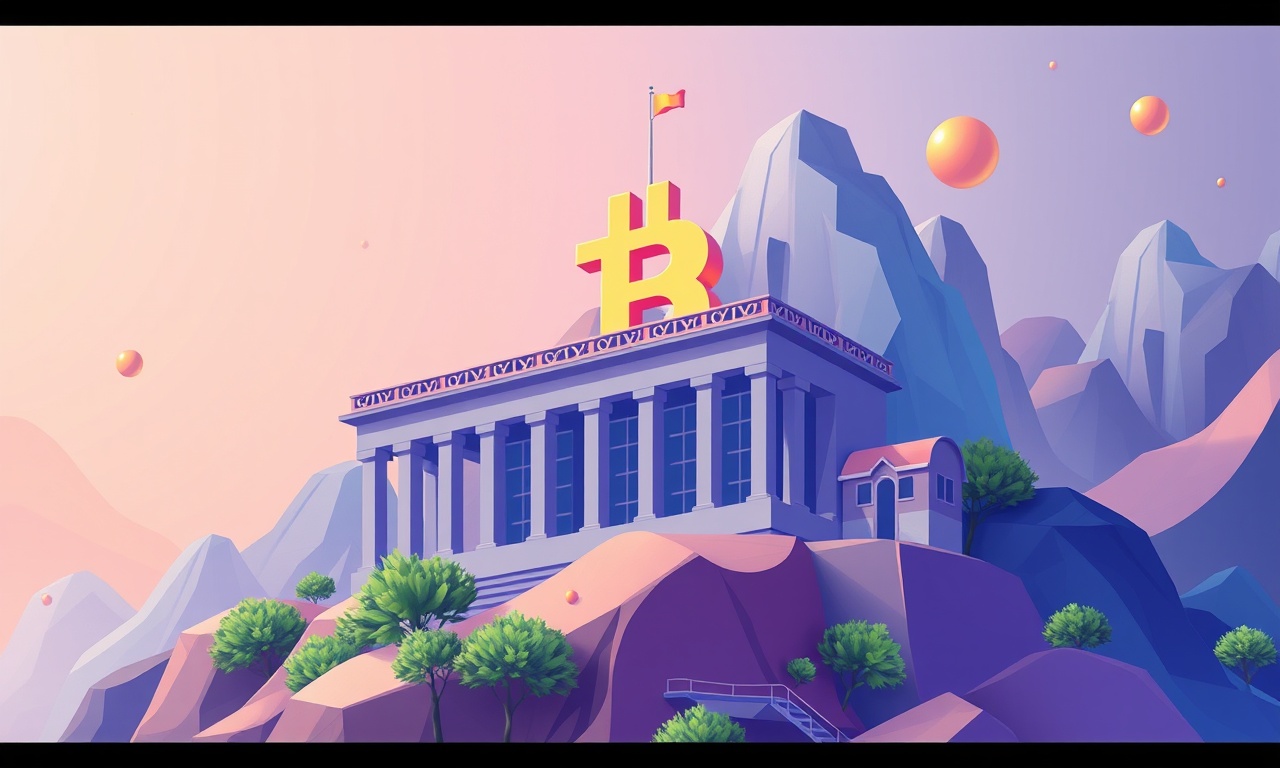Decoding Dynamic NFT Utility In Next-Generation DeFi

Decoding Dynamic NFT Utility In Next‑Generation DeFi
Dynamic NFTs transform the DeFi landscape from a one‑size‑fits‑all paradigm to a programmable, responsive financial fabric. By embedding mutable state into the core of digital assets, developers can craft collateral systems that adjust automatically, yield mechanisms that reward performance, and governance structures that evolve with the community.
Final Thoughts
Dynamic NFTs transform the DeFi landscape from a one‑size‑fits‑all paradigm to a programmable, responsive financial fabric. By embedding mutable state into the core of digital assets, developers can craft collateral systems that adjust automatically, yield mechanisms that reward performance, and governance structures that evolve with the community. While security and governance challenges remain, the potential for richer, more efficient financial ecosystems is undeniable.
Looking Ahead
- Cross‑Chain Dynamic NFTs – Layer‑2 rollups and sidechains will reduce gas costs, enabling more complex state changes.
- Standardization – The emergence of ERC‑1155‑based dynamic NFT standards will ease interoperability across protocols.
- Regulatory Clarity – As dynamic NFTs represent financial instruments, regulators may craft frameworks to address custody, disclosure, and taxation.
- Integration with AI and Oracles – Predictive analytics can drive dynamic state changes, allowing NFTs to adapt to future scenarios, not just past events.
The next wave of DeFi will likely center on programmable, stateful assets that can self‑manage risk, reward, and governance in real time.
Governance and State Changes
Dynamic NFTs blur the line between asset and protocol state. To maintain trust, governance must address:
- Upgrade Control – Who can push new logic? Many protocols adopt a multisig or DAO‑voted upgrade mechanism, as discussed in From NFT-Fi to GameFi A Deep Look.
- DAO‑Driven Innovation – The GameFi ecosystem often drives rapid iterations, so it’s crucial to embed transparent upgrade pathways directly into the NFT itself.
- Transparent Audit Trails – All state transitions should be logged on‑chain and subject to community scrutiny, following best practices outlined in State Changes in DeFi Through Dynamic NFT Interaction.
Technical Walkthrough: Deploying a Dynamic NFT as Collateral
- Define the Asset – Choose a robust NFT standard that supports on‑chain metadata.
- Enable Upgradeable Logic – Utilize an upgradeable proxy pattern to allow future feature rolls.
- Integrate the Oracle – Connect a Chainlink price feed to feed real‑time valuations.
- Deploy the Collateral Contract – Anchor the NFT within a smart‑contract vault that handles liquidation triggers.
Gamified Governance Tokens
In a GameFi ecosystem, players receive dynamic NFTs that evolve with gameplay.
The NFT’s voting power grows, giving high‑engagement players a greater say in community decisions as explored in From NFT-Fi to GameFi A Deep Look.
Synthetic Derivatives Platform
The dynamic NFT’s state tracks the underlying index’s price, and an oracle updates the position’s value in real time, following the design principles highlighted in State Changes in DeFi Through Dynamic NFT Interaction.
The future of finance is in motion, and dynamic NFTs are at its core.
.png)
Lucas Tanaka
Lucas is a data-driven DeFi analyst focused on algorithmic trading and smart contract automation. His background in quantitative finance helps him bridge complex crypto mechanics with practical insights for builders, investors, and enthusiasts alike.
Random Posts

From Math to Market Modeling DeFi Slippage and DEX Performance on Chain
Learn how to turn live blockchain data into math models that predict slippage, manage risk, and boost DEX performance, essential for traders, LPs, and protocol builders.
5 months ago

Beyond Layer One Optimism And Arbitrum And The Secrets Of Layer Two DeFi
Optimism and Arbitrum lift DeFi by slashing fees and boosting speed, while keeping security. The post dives into their hidden mechanics and shows modular blockchains assembled like Lego bricks.
1 month ago

Building a DeFi Library: Core Principles and Advanced Protocol Vocabulary
Discover how decentralization, liquidity pools, and new vocab like flash loans shape DeFi, and see how parametric insurance turns risk into a practical tool.
3 months ago

Building a Robust DeFi Financial Model for Borrowing and Liquidation
Learn how to build a clean, spreadsheet, free DeFi borrowing model that tracks interest, collateral shifts, and liquidation triggers. Safely unlock crypto value.
1 week ago

The Algebra of DeFi Borrowing From Simple Interest to Complex Yield
Discover how DeFi borrowing blends simple interest formulas with dynamic yield curves, revealing the algebra that powers riskfree rates and empowers users to navigate decentralized finance.
4 months ago
Latest Posts

Foundations Of DeFi Core Primitives And Governance Models
Smart contracts are DeFi’s nervous system: deterministic, immutable, transparent. Governance models let protocols evolve autonomously without central authority.
2 days ago

Deep Dive Into L2 Scaling For DeFi And The Cost Of ZK Rollup Proof Generation
Learn how Layer-2, especially ZK rollups, boosts DeFi with faster, cheaper transactions and uncovering the real cost of generating zk proofs.
2 days ago

Modeling Interest Rates in Decentralized Finance
Discover how DeFi protocols set dynamic interest rates using supply-demand curves, optimize yields, and shield against liquidations, essential insights for developers and liquidity providers.
3 days ago
